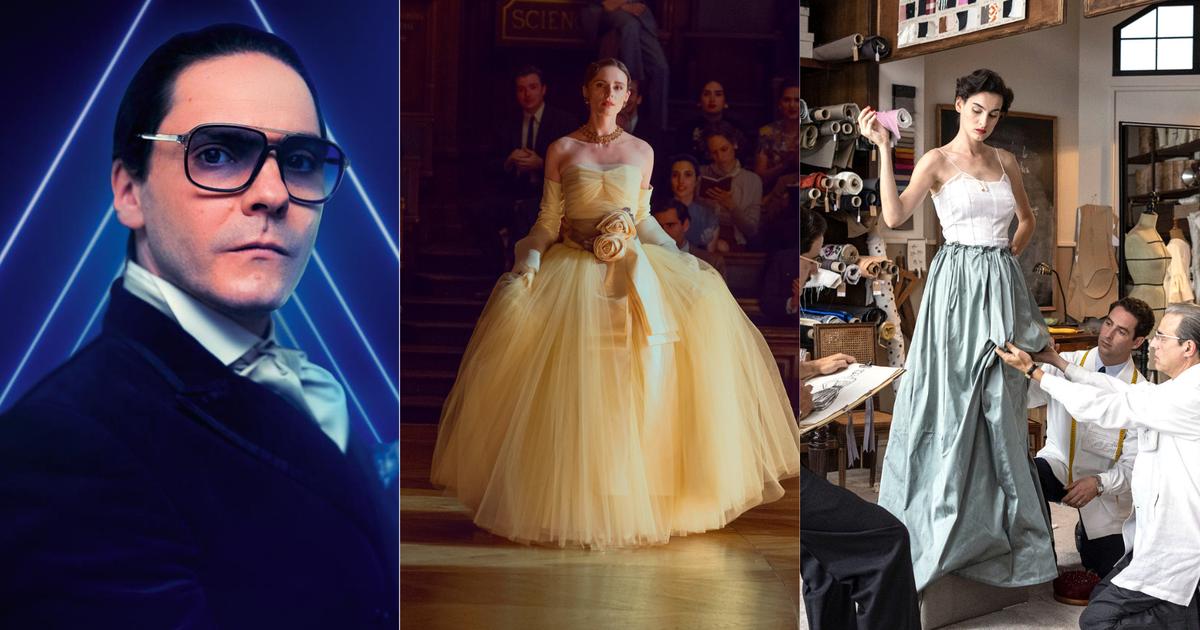We observe them from a different perspective these heroes who rocked our childhood.
The Disney + platform has introduced pre-release warnings of classics like “Peter Pan” to raise awareness of the presence of “stereotypes wrong then and wrong today”.
A precaution that recalls the controversy surrounding the film "Gone with the Wind", withdrawn from the HBO platform a few days last June for racist clichés before finally being embellished with the same measure.
Some characters have indeed become difficult to assume for the animation giant.
“Originally, the directors did not want to intentionally hurt,” recalls Sébastien Durand, a specialist in pop culture and Disney.
These cartoons did not come under criticism when they were released, but certain elements have aged badly, such as caricatured representations of peoples.
Fantasia
released in 1940 had been censored for a scene deemed racist after World War II.
A black slave remakes the hooves of a centaur.
Today, the studio is not going to withdraw these programs which have an emotional dimension in its audience.
But since 2005, Disney has been committed to representing diversity in a committed way.
The studio, for example, refuses to shoot in the state of Georgia which prohibits abortion and provides for a homosexual character in the next Marvel.
He wants all of his increasingly large audience to identify with his heroes.
Here is a recap of these "old" characters who ask questions.
The Ravens from "Dumbo" (1941).
The story of this elephant seems trivial.
However, a sequence with a song calls out to our contemporary ears.
"We can distinguish black workers in the twilight humming
We are happy to be good for nothing ...
", notes Laurent Valière, author of the book "Animated Cinema: the French Touch".
And do you remember those crows that help Dumbo take flight?
These birds deliver a nod to American segregation.
“The leader of the band is called Jim Crow.
However, this is the name of these laws instituted in the United States in 1877. From a pictorial point of view, these characters also make one think of the Minstrel show.
These shows where Whites made up themselves in black, ”adds Laurent Valière.
The American adaptation also gives pride of place to caricature accents.
“These pictures are not unique to Disney.
We find it in some cartoons like
Bugs Bunny
with its big-lipped hunters, notes Sébastien Durand.
The little black girls had to wait until 2009 and the release of
The Princess and the Frog
to finally have their heroine.
"
"Peter Pan" (1953) and the Redskins.
This flying hero made a whole generation dream with his imaginary country.
During their adventures, the lost children cross the road of Redskins, Amerindians… with a red body.
“They emit noises like
Hug
, elements of fictitious languages conveyed by American westerns.
It was not until 1995 that the cartoon Pocahontas represented in a probable way the Amerindian culture.
"
The Siamese from "Beauty and the Tramp" (1955).
This idyll between two dogs is not free from clichés.
When the hero ends up at the pound, he is in the company of canines representing inhabitants of different countries such as a Russian greyhound or a Mexican chihuahua.
“It was the American vision at the time.
Only the film
Coco
in 2017 highlights this culture.
One of the directors used his Mexican roots.
In the twentieth century, there were no directors from minorities at Disney, hence a distorted representation, ”analyzes Sébastien Durand who also notes the Siamese conveying“ Asian clichés ”with their advanced teeth.
Newsletter - Most of the news
Every morning, the news seen by Le Parisien
I'm registering
Your email address is collected by Le Parisien to enable you to receive our news and commercial offers.
Learn more
The King of the Apes from the “Jungle Book” (1967).
In this cartoon, the monkey king swoons as he hums jazz.
"Lazy, this character, dubbed by an African-American, finds himself that he does not speak very well", observes Laurent Valière.
For his part, Sébastien Durand underlines that originally “the studio must have thought that it was highlighting black music just after the civil rights movement.
But this representation of an African-American by a monkey raises questions.
Mowgli, a little Native American, was voiced by the director's son, an American with a Californian pronunciation!
"
So Sébastien Durand believes that these warnings will “open up debates within families”.
"For years, children have suffered from the absence of heroes in their image", underlines the specialist who hastens to add: "Women, that is to say half of humanity, were not spared with their stupid roles.
It took
Beauty and the Beast
in 1991 for a smart heroine not to depend on her prince.
Linda Woolverton, the first female screenwriter, had fought to get Belle to be passionate about books.
The men wanted to see her… in the kitchen!




